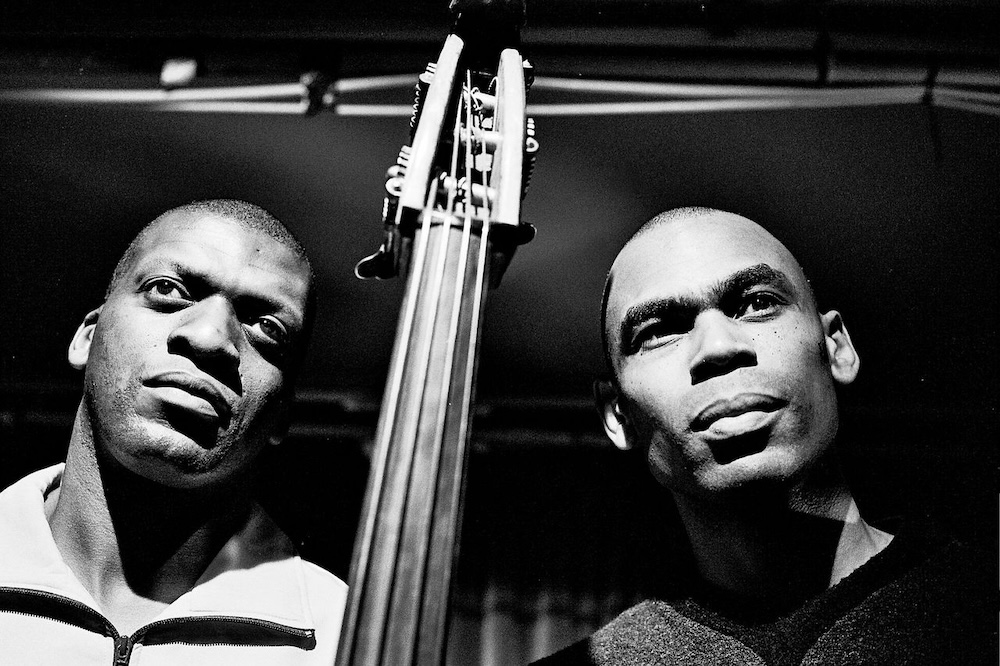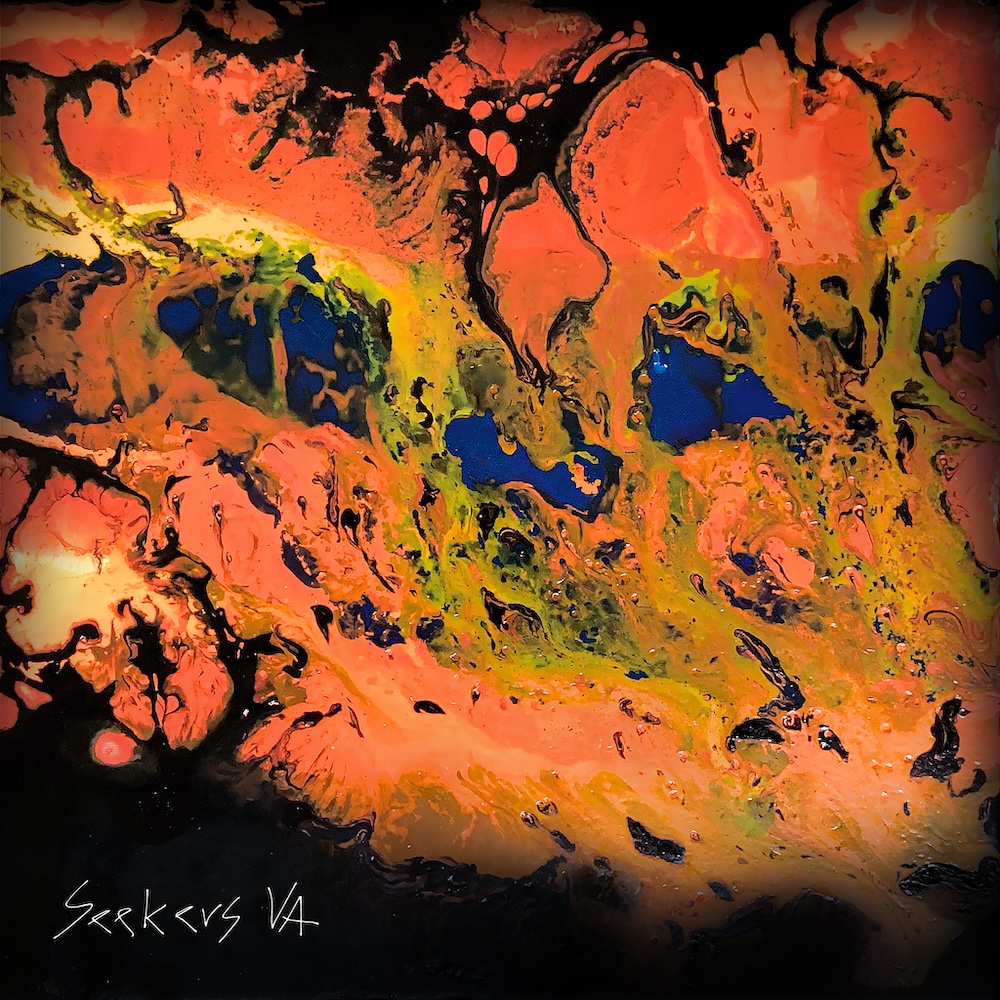Lyle Owerko Interview
Lyle Owerko is a New York based filmmaker and photographer who has directed numerous music videos and TV Spots, including a collection for The Sundnace TV Channel. He also shot the cover for the September 11, 2001 issue of Time Magazine, which was ranked as one of the most important magazine covers in the past 40 years by the American Society Of Magazine Editors.
His new exhibition, 'The Boombox Project', features contemporary fine art portraits of an array of vintage boomboxes. The work is vibrant and energetic, but the whole exhibition has a sense of warm nostalgia. The series is accompanied by a book, which features an Introduction by Spike Lee as well as cintributions from Ad-Roc The Beastie Boys, Fab 5 Freddy, Kool Moe Dee. LL Cool J, Rosie Perez, DJ Spooky and Pras of The Fugees, amongst others.
We caught up with Lyle to chat about Hip Hop, Street Culture, Sci Fi and how, in this age of touchscreen technology, sometimes it feels good just to press some buttons…..
Hi Lyle. I really enjoyed your work, but as I was looking through I wondered if Boomboxes are in danger of becoming a cartoonish icon of early Hip-Hop, rather than a visceral emblem of a distinctly street/urban signifier. Was part of the intension of this project to restore a sense of realism to the icon of a Boombox?
Absolutely, Boomboxes – like anything that becomes wildly popular often goes through an arc of cool to crass. This project's goal was to seek out the roots of this device while gathering the facts around their gravity and early presence. Yes in a way, it was meant to restore their stature and create a clear document of not only their presence, but also to preserve the distinct value of their visage and cultural impact.
The photographs show the Boomboxes as quite cluttered, aesthetically complicated pieces. Did you want the Boomboxes to appear as the 80’s equivalent, or ‘father’ if you will, to current portable music technology such as IPODs?
The Boxes are certainly conglomerations of many things, lights, buttons, flashy LED's and their very utilitarian nature as an artifact. I didn't really think of them as the 'father' of the iPod as much as a behemoth from a different time, almost a relic or battle shield of sorts. They certainly are aesthetically complicated pieces, but more than anything they make a statement as an icon of a different time. They certainly had their use in the grand scale time-line of electronics definitely blazing a trail that led to the MP3 devices of today.
I couldn’t help thinking of ‘Back to the Future’or John Hughes movies as I went through the photos. Is there an early 80s Sci-Fi element to the appeal of being a Boombox enthusiast?
There sure is! For me in shooting this project 'Star Wars' was definitely an inspiration, as was the movie 'Alien'. Both films had an approach to rendering space vehicles with hard won features and rough hewn exteriors. When shooting the Boxes I definitely thought of the 'Millennium Falcon' from Star Wars with all it's battle scars and laser strikes. Ridley Scott talked about 'Alien' being the future equivalent of Truckers in space – with the grease, dirt and rough worn look to their surroundings. The way I shot the Boomboxes was meant to amplify their used and worn nature — while also celebrating the industrial or 'steampunk' nature of their bodyworkings. If one thinks of 'Back to the Future' we certainly remember the DeLorean time machine. In a way a Boombox has that same sexy appeal and mad scientist personality encased in its craftsmanship and inner workings.
It definately evokes those things, but were you confident with the Boomboxes status as a ‘cool’ artefact or were you conscious of the potential for the pieces looking old fashioned?
The project was a process of discovery. They certainly were a 'cool' artifact, but once I committed to the endeavor I never knew how many models actually existed out there. There are literally thousands of unique models. It was hard to find them looking old fashioned as there were so many manufacturers coming out with products from so many design viewpoints. Each manufacturer pushed an ideal and an aesthetic forward that really ran the gamut and range of approaches from encasements to ornamental fixtures.
Did you always imagine this as a photography exhibition or was physically exhibiting the Boomboxes themselves an option at one point? How do you think the exhibition would have been different if you had chosen this format?
The project was always approached as a photography exhibition. In some way the photo's are a fantastical interpretation of the actual objects – the prints allow one to study the details in amplification. It's an artistic focus first. The Boomboxes themselves can actually have a bit of a down tempo presence. They are old, and in some ways not so cool to look at due to their age and dated artifice. The photography is meant to amplify and celebrate the good parts, while really showcasing the distinct and original presence of these devices. To artistic goal with the photographs was to make them exciting again and to illustrate their original and magnificent sense of scale and property.
When you looking at the pieces, it’s strangely refreshing to see a portable sound device that’s so cluttered with dials, meters and numbers, with so many knobs to turn and buttons to press. So far removed again from Iphones. Is this part of the appeal for you as a collector?
Most definitely. Living in a touch screen world it's very exciting to press down on some buttons and feel the kinetic pushback of mechanics and mechanisms working in concert together to create an action. The simple motion of pressing the 'play' button on a Boombox requires a domino effect of wheels and springs to go in to an engagement of activity and outcome. So far removed from an iPhone, it almost seems centuries apart rather than decades. Buttons, dials, knobs, LED's and VU meters are also really a lot of fun. It's good to immerse in this vernacular and embrace a time-gone-by that has such a considerable impact on both our eyes and ears.
As a New York resident, do you consider this a distinctly New York-centric exhibition?
The idea certainly incubated in New York. However, in creating the book and researching vintage imagery to illustrate the era it's amazing to see that so many of the historical photo's were shot in other parts of the world. This really was, and is, a global phenomenon. It definitely had a homebase – which was New York City – but that quickly spread to the far reaches of the planet just as hip-hop did. The Boombox was certainly a vessel for the message as well as for a lot of ideas and music.
Where do you feel you sit as an artist within the exhibition? How much creativity did you invest in the framing of these pieces or did you just want to present them as simply as possible and let the Boomboxes speak for themselves?
A lot of consideration goes in to the framing and presentation – the whole goal though is simplicity. The artworks must speak for themselves and leap off the walls. Sitting in simple white box frames within an austere atmosphere ignites the color and magic of these objects to really reach high decibel's.
Apart from street musicians, the Boombox is probably the only other example of people blasting out music on the street. How often do you still hear music coming out of a Boombox on the street these days?
Boomboxes are becoming hip again. You definitely see them out there. Not often but they are on the rise. The other day a guy skateboarded past me holding a midsized boombox wailing out some tunes. The earbud generation is starting to rebel against being so inwardly focused in their sensibilities and becoming extroverted about their message. The Boombox is a really suitable platform for expression, it is very much a symbol of rebellion and people gravitate to that. I expect to see a lot more on the streets in the summer to come.
That would be cool. If not though, could the exhibition, to an extent, be considered a lament that music wouldn't celebrated in as public a way anymore?
In a way, yes it is, but most importantly it's a statement about gathering, community and creativity. It's really a rallying call for commotion and ideas. The Boombox was really a wonderful symbol of a generation wanting to be seen and heard. It really served as a platform for launching so many artistic and music movements. If anything the Boombox a celebration of freedom, but also a rallying cry to gather and create!
‘The Boombox Project’ by Lyle Owerko, presented by Whisper, will be exhibited at XOYO from 2nd December – 15th January and at Whisper from 9th December – 14th January.
For more info check the Whisper Fine Art site here.


















Must Reads
David Holmes – Humanity As An Act Of Resistance in three chapters
As a nation, the Irish have always had a profound relationship with the people of Palestine
Rotterdam – A City which Bounces Back
The Dutch city is in a state of constant revival
Going Remote.
Home swapping as a lifestyle choice
Trending track
Vels d’Èter
Glass Isle
Shop NowDreaming
Timothy Clerkin
Shop Now